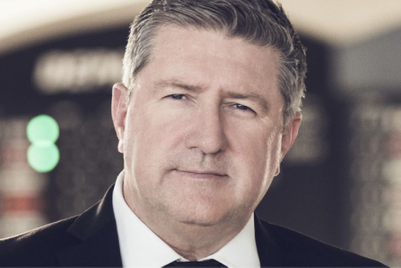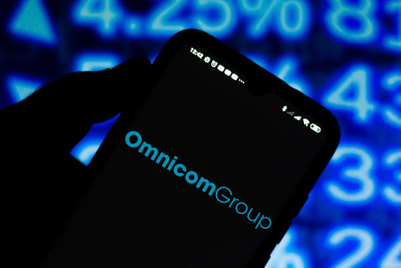
Online conversations around the recent World Cup, which India won, were found to be taking place in 114 countries. Unsurprisingly, the level of discussion was highest in strong cricketing nations including the UK, India, Australia and Pakistan, as well as South Africa.
However, less encouraging was the low level of conversation uplift generated by sponsors. Castrol was the most talked about sponsor within the context of the event, but conversation around the brand increased by just 1.3 per cent on its regular marketing activities.
Guy Hearn, regional director of communications insights for Omnicom, noted that the incremental benefit of the sponsorship appeared very low compared with that around events such as the football World Cup.
In terms of sponsors associated with the Indian team, Yahoo and ESPN were the most discussed, followed by Reliance, Samsung and LG — although none was a direct sponsor of the Indian team itself.
The study also highlights the importance of Twitter as a conversation generator around sporting events: the platform was shown to be the driver of nearly 75 per cent of conversations relating to the championship.
That figure is significantly higher than the rate of conversation generated by other sources: news was the next highest at nine per cent, followed by blogs (eight per cent), discussion forums (five per cent) You Tube (three per cent) and Facebook (one per cent).
In spite of the apparently low return on sponsorship in this instance, Hearn said the status of cricket as a global sport and its role in bringing disparate communities together highlighted its potential from an advertiser’s point of view. He said this should motivate potential sponsors to “look beyond the obvious concept that Indians love cricket” and consider the impact of the game in other markets.
Ben Flint, regional head of OMG's branded entertainment division Fuse, comments:
For me the low increase of social media activity generated for ICC World Cup brands is regrettable but not surprising – the nature of the brand integration and the nature of the World Cup’s social media landscape are key to understanding why.
Landscape first: Antenna’s insights show that Twitter seems to be the main way that social media users communicate about the World Cup – and by its nature Twitter is short-form content so users have to be good editors to keep their tweets under 140 characters. So in reality, brands are likely to end up being edited out of a tweet unless they’ve done something truly remarkable to change cricket fans’ lives.
I believe that’s the key to social media activation in a sponsorship context. Changing lives. Making a fundamental difference to the audience has to be paramount for every brand owner. Offering ‘also-ran’ solutions that don’t make that difference are hardly likely to stimulate conversation about the brand.
Secondly, Fuse has run a number of Antenna studies for sponsored properties, and the results have varied dramatically according to the role the brand plays in the context. In cases where the sponsors’ role has been quite utilitarian or superficial – e.g. we ran studies around AXN’s Amazing Race Asia which had heavy brand exposure in the show, but little emotive activation away from the show – the brand uplift was limited. But in the case of a movie commissioned by the Health Promotion Board in Singapore to promote the issue of breast cancer - where the messages were subtly woven throughout the movie in an emotive script – the uplift in desired responses (symptom awareness, the need for pre-emptive screening etc.) was significant.
The movie and the World Cup are both emotive in their own way to their respective audiences, but brands engaging in partnerships/ branded content should always aim to get inside the fans’ emotions. Rewarding consumers with free World Cup merchandise for purchases serves a commercial purpose, but it isn’t going to create brand buzz. The brand’s stimulus has to resonate universally to really move that social media needle.


.jpg&h=334&w=500&q=100&v=20250320&c=1)



.png&h=334&w=500&q=100&v=20250320&c=1)
.png&h=334&w=500&q=100&v=20250320&c=1)

.png&h=334&w=500&q=100&v=20250320&c=1)

.png&h=334&w=500&q=100&v=20250320&c=1)

.jpg&h=268&w=401&q=100&v=20250320&c=1)




.png&h=268&w=401&q=100&v=20250320&c=1)
